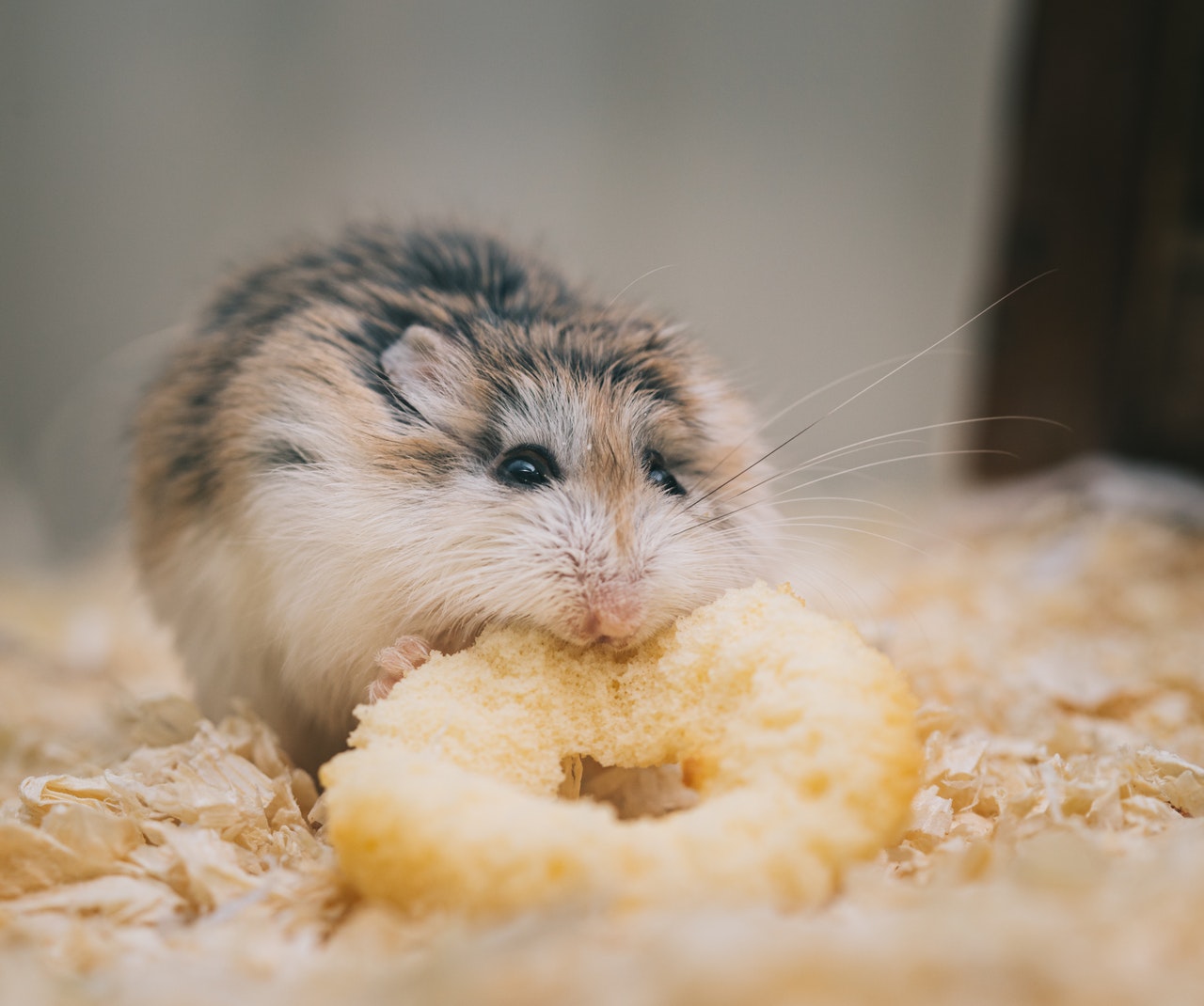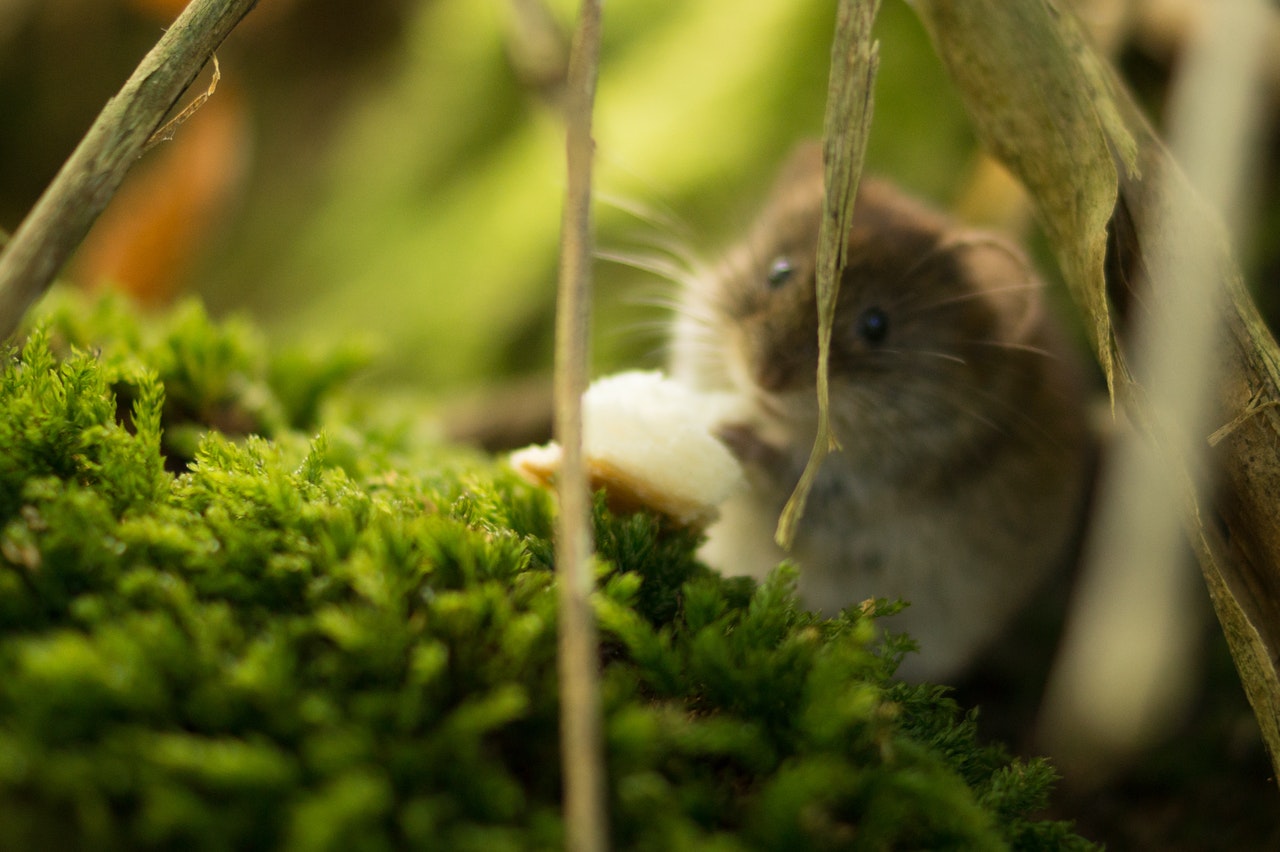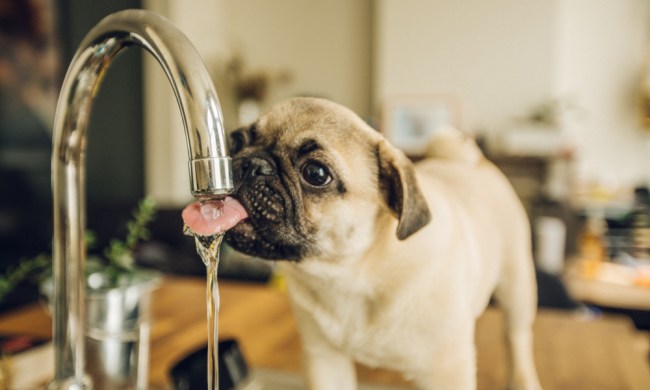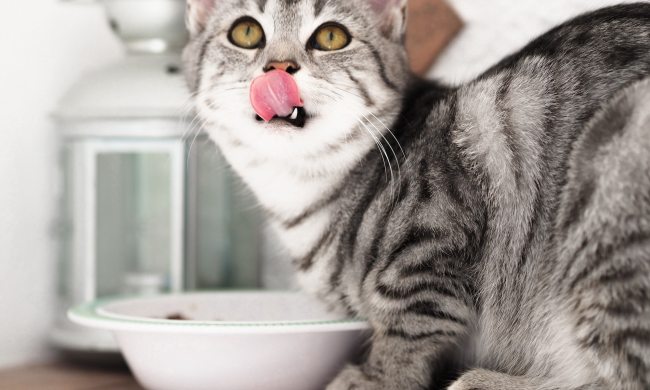Can you potty-train a hamster? As it turns out, you can, and it’s not a complicated process. Hamsters are generally clean animals, and many hamsters prefer to designate an area of their cage as a bathroom and stick to the same spot. In this case, all you need to do is teach them to use their new litter box in place of the floor of their cage. However, some hamsters are less finicky about where they do their business, and they’ll need a bit more training.
Potty training your hamster keeps his waste concentrated in one area, cuts down on the ammonia smell, and makes cleaning his cage much easier. If you’ve ever wondered how to potty-train a hamster, you’re in the right place. We’ll walk you through the equipment you’ll need and share some of our favorite tips for potty training your hamster.

What you’ll need
Good news: You won’t need much in the way of equipment to potty-train your hamster, and nothing you need is that expensive:
- A container that fits in your hamster’s cage: Pet supply shops and online stores sell a variety of suitable products. There are triangular containers that will work perfectly if your hamster prefers doing his business in the corner. If not, a square or rectangular container will do the job.
- Litter: Options include wood pellets, paper pellets, sand, or a mixture of two forms. We recommend sand because it clumps when wet, making it easier to scoop out and dispose of when cleaning your hamster’s litter box. However, wood and paper pellets provide more odor control, making them ideal if you prefer not to scoop the litter box daily. Note: Because hamsters have delicate respiratory tracts, you should use only dust-free, unscented products. If you have trouble finding suitable litter for hamsters, you can use fragrance-free, dust-free cat litter but avoid brands with silica.

Potty training your hamster
If you’re working with a new furry friend in a brand-new cage, you might want to wait awhile to see where your hamster prefers relieving himself. Once you’ve discovered your hamster’s favorite spot, clean the cage thoroughly, setting aside some of the soiled lining from the cage, and put the new litter box in place.
After filling the container with litter, add some of the soiled lining you set aside earlier. Ideally, once your hamster adjusts to the addition of a litter box in his cage, he’ll be much more inclined to use it because it still smells like his designated potty space. It may not happen overnight, but your hamster will begin to recognize his scent and equate the litter box with using the bathroom.
What to do if your hamster is stubborn
OK, you’ve done everything right, and your hamster still potties everywhere except his litter box. What now? Relax — it’s not your fault. If you’re working with an older hamster, you’ll have a more difficult time persuading him to change his habits now than you would if you had a young hamster. One thing that might help is relocating the litter box to another corner of the cage.
Keep an eye on your hamster’s behavior. If he uses his litter box to stash food, treats, or toys, he could be trying to tell you the cage is too small for his liking. Some hamsters will even sleep in their litter box at first. If your hamster’s cage is large enough, consider investing in a new bed for him.
Lining your hamster’s cage with white bedding helps you spot oopsies that happen outside the litter box. Clean them as soon as possible to reduce their attractiveness to your furry friend. If you catch your hamster using the potty outside his litter box, quickly relocate him to show him where to go. With time and patience, your hamster will use his litter box as his designated potty.
Training is a process, but with diligence, you can teach your hamster to use a litter box. As long as you scoop daily, you should change out the litter box and give it a quick wash every one to three weeks. Keep the cage fresh, make sure your hamster has room to play and sleep, and you’ll have a happy hamster and a cage that’s easy to clean.



